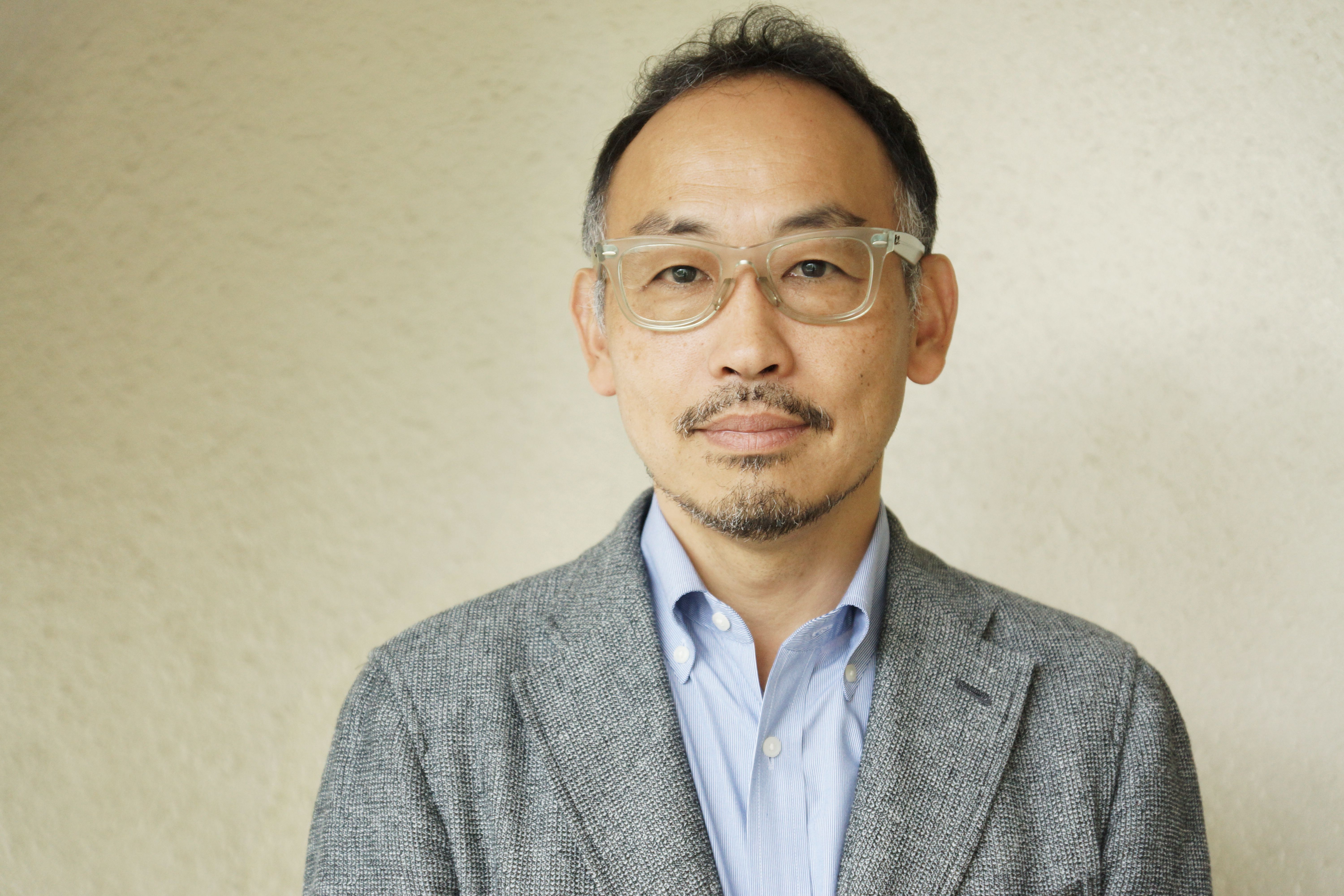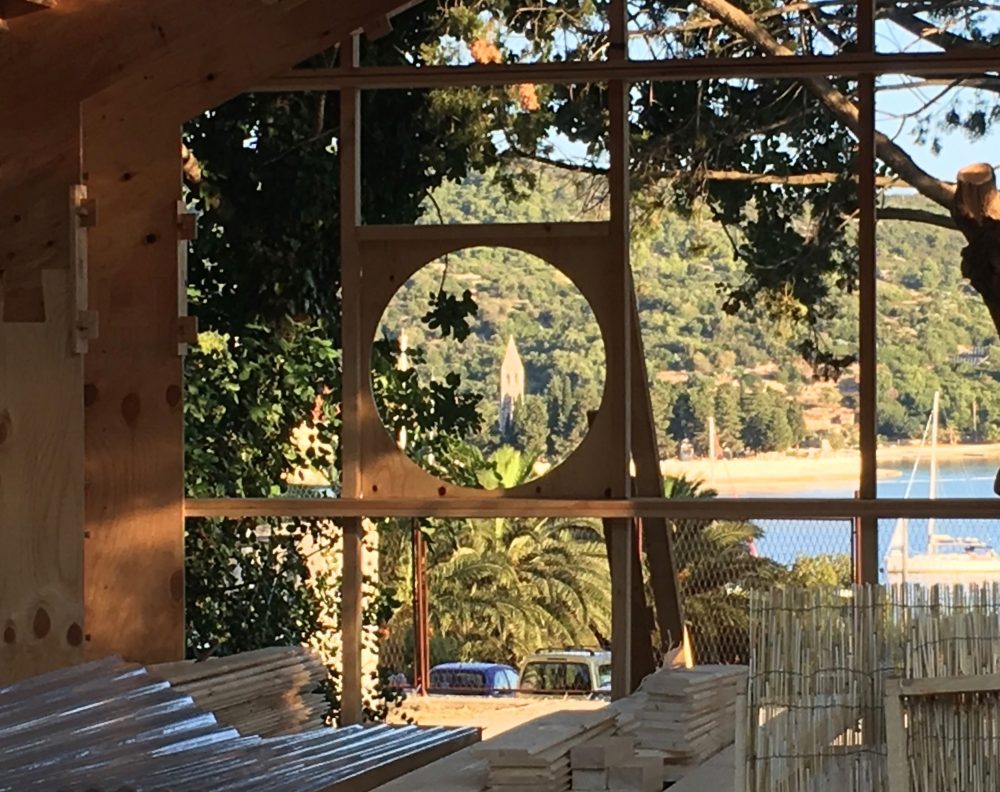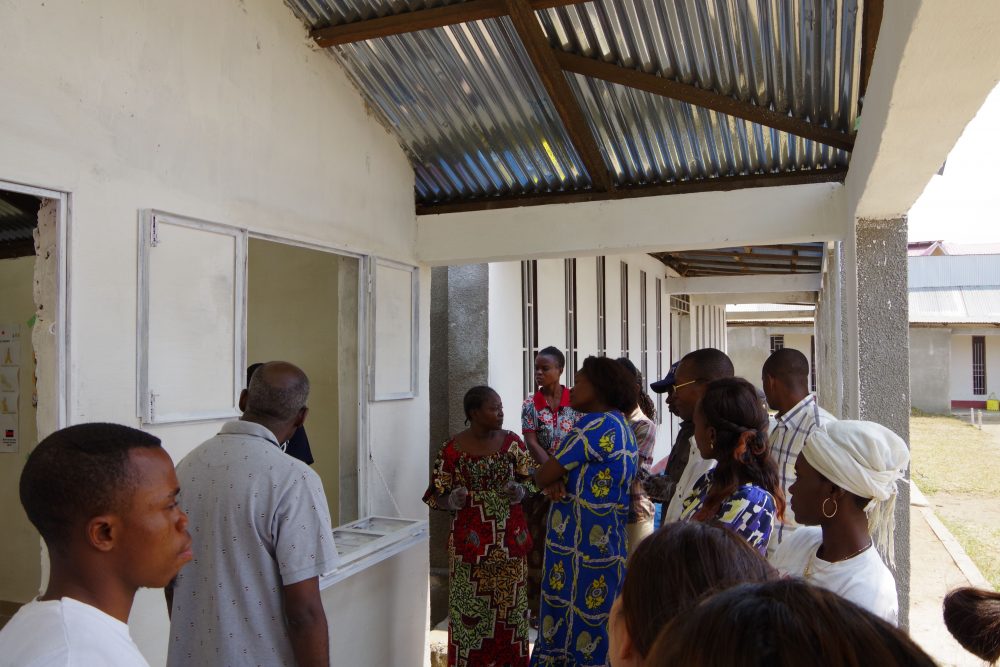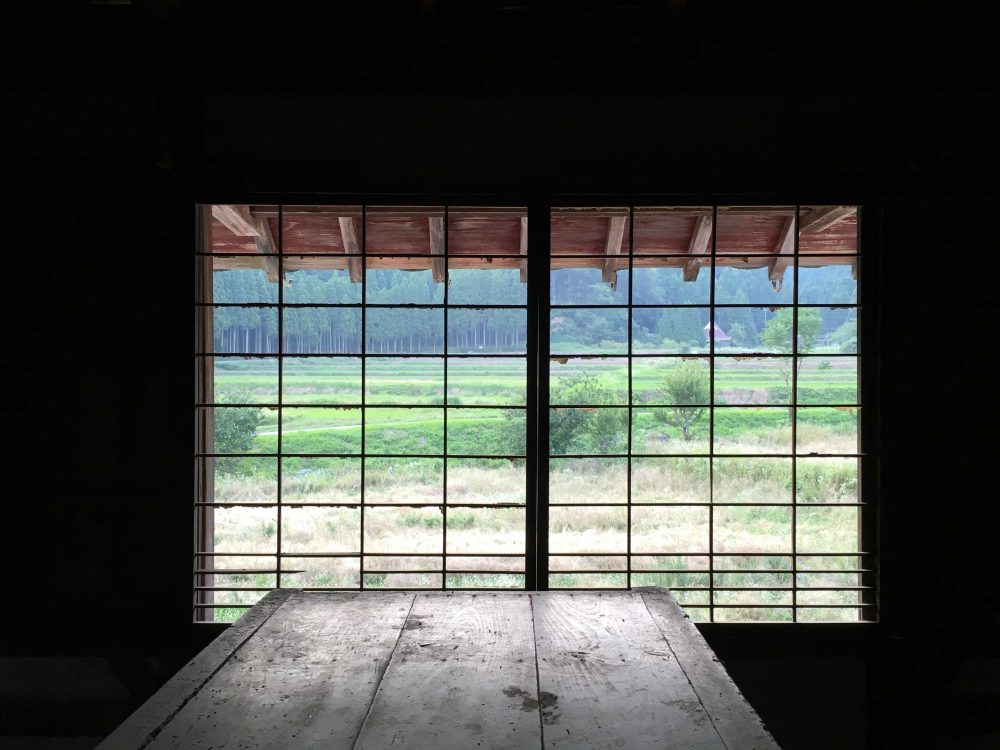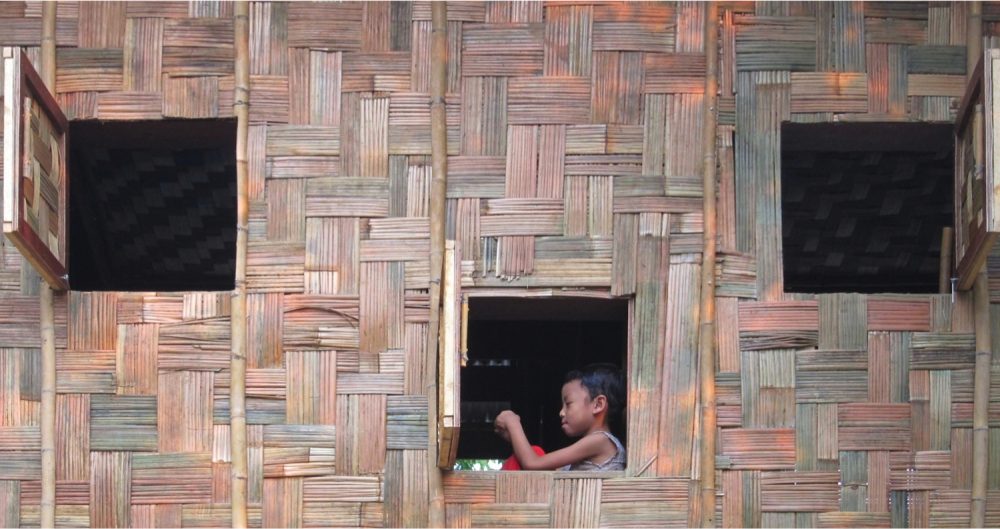
Series The Joys of Making Windows
Thoughts on “The Joys of Making Windows”
20 Mar 2018
This serial article, “the Joys of Making Windows” by Hiroto Kobayashi Laboratory of Keio University, comprises five parts and introduces their window-making projects in various locations around the world including Tohoku, Asia, Europe and Africa. In the final part, Professor Hiroto Kobayashi looks back and shares his thoughts on the projects implemented by the laboratory up to this day.
What have we sought to achieve in our search for self-build architecture since 2011? And what have we sought to discover through the process?
In our two community house projects in Tohoku, we learned through our experience that the construction process of the community house led and built by the local residents was actually an effective process of restructuring the community itself.
Later, in our projects of building facilities for children in Myanmar and the Philippines, we sought to facilitate participatory construction processes involving local children by inviting them to take active part in the projects.
-

My window. Your window (Myanmar)
-
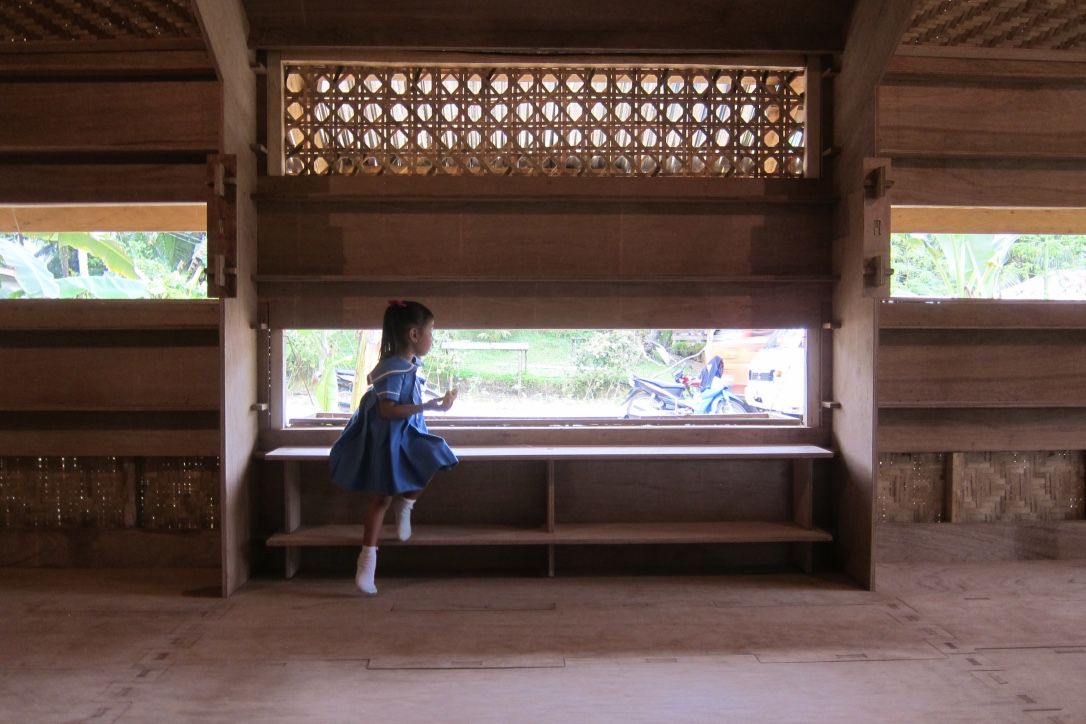
Sitting on the windowsill (The Philippines)
Furthermore, throughout all stages of our projects in Nepal, Tane and Congo, we made efforts to facilitate participation of local residents in the construction process, spread our building technique and integrate new construction methods with local architecture. By building a teahouse in Croatia, we proposed an effective construction system that can be utilized to supply temporary housing for immigrants, which is one of the biggest concerns in Europe.
-
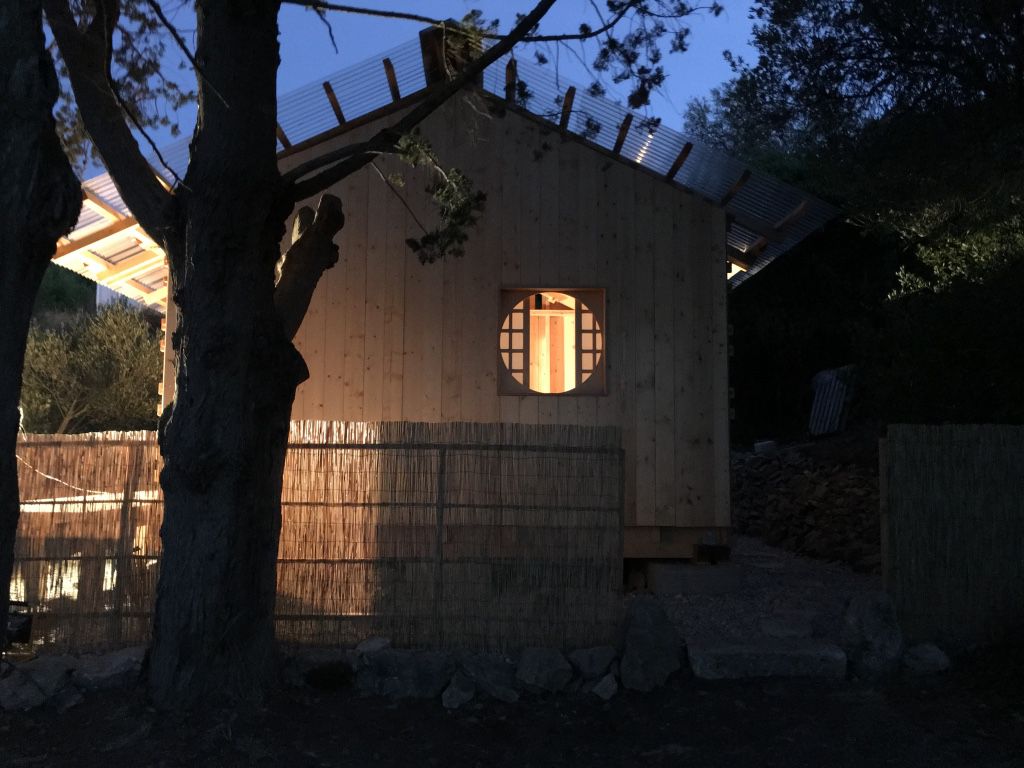
Evening view (Teahouse in Vis, Croatia)
Through these building experiences, we realized the limit of building architecture we had planned or expected in advance, and also found out possible ways to improve such situation. We believe that these experiences will help us achieve developments of communities and cities in the future that go beyond the realm of architecture.
The underlying concept for all of the projects is our commitment to social issues by building architecture with the self-build approach. It is important that each of us do our best to face the issues at hand and think about what we can achieve for the society; and it is important that we should perceive these issues as our own based on what we learned in each place and make architecture we truly empathize with.
-
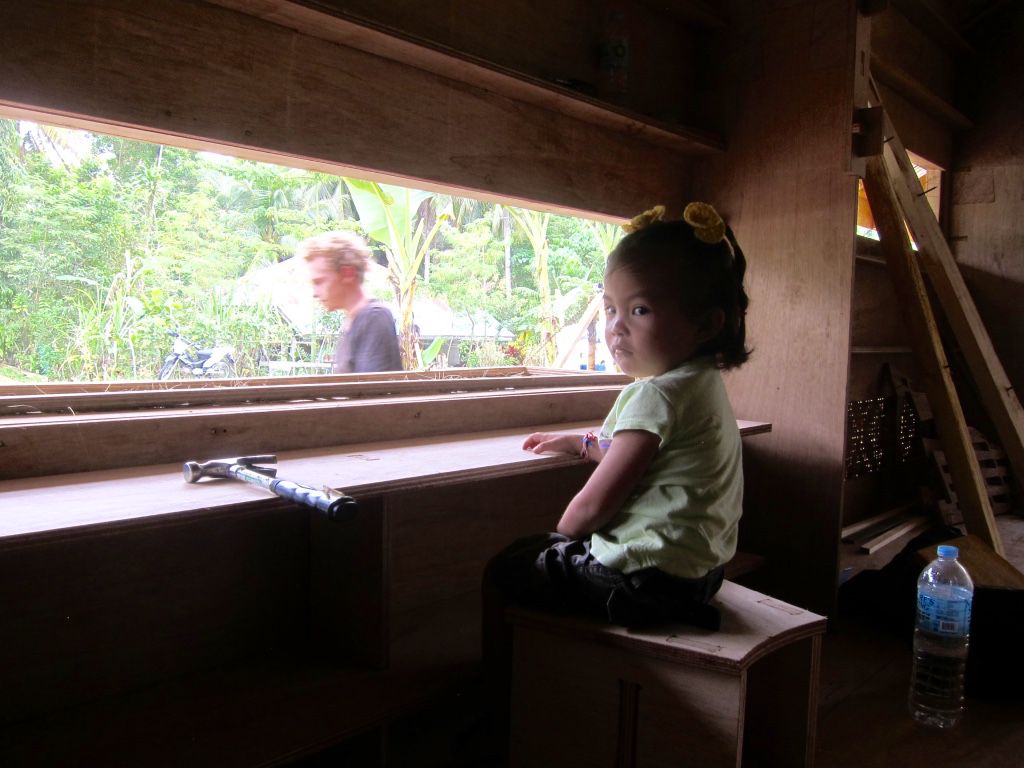
Looking forward to completion(The Philippines)
-
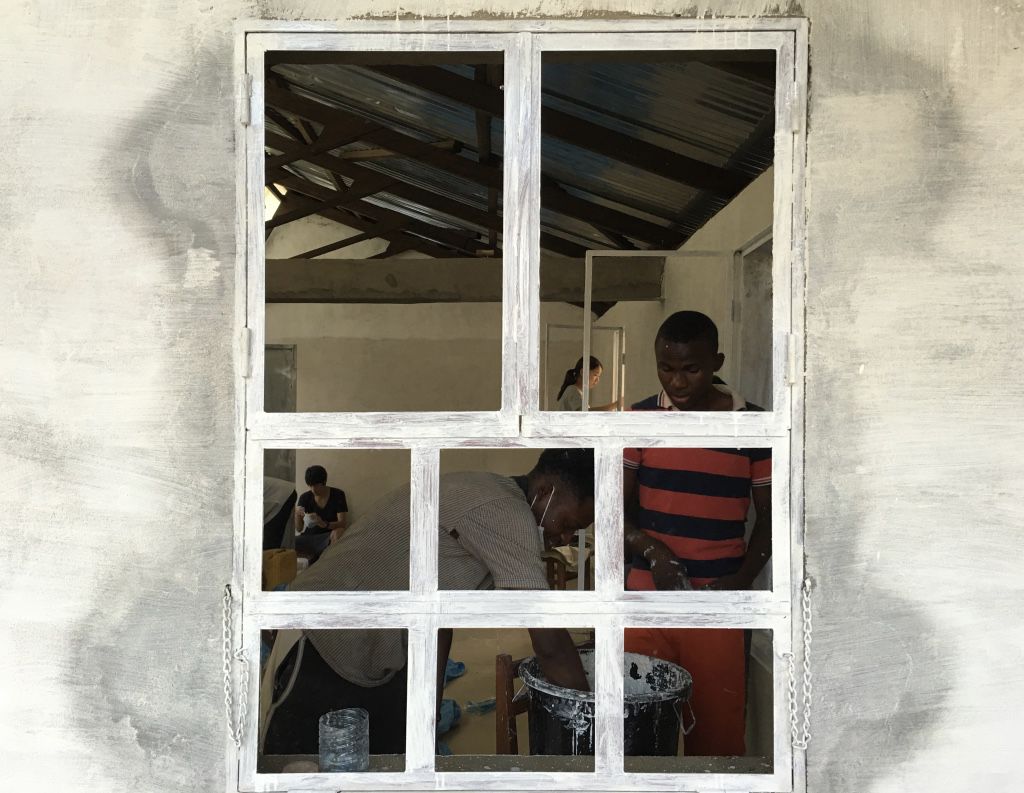
Under construction(Congo)
At the same time, by inviting people in the society to participate in the process and collaborate to make architecture that they feel as their own, we cannot only create physical spaces of architecture, but also human networks and fruitful relationships
mediated by the architecture we created together.
A window frames familiar everyday scenery and highlights its specific features. It is a kind of “mitate” (a Japanese art method of likening one thing to another), where a framed scenery is turned into a picture by concealing the rest of the scenery.
We often fail to acknowledge the beauty and charm of everyday scenery. By framing the scenery, we begin to see it in a new light and find its beauty and charm we hadn’t noticed.
-

Framed scenery (Myanmar)
-
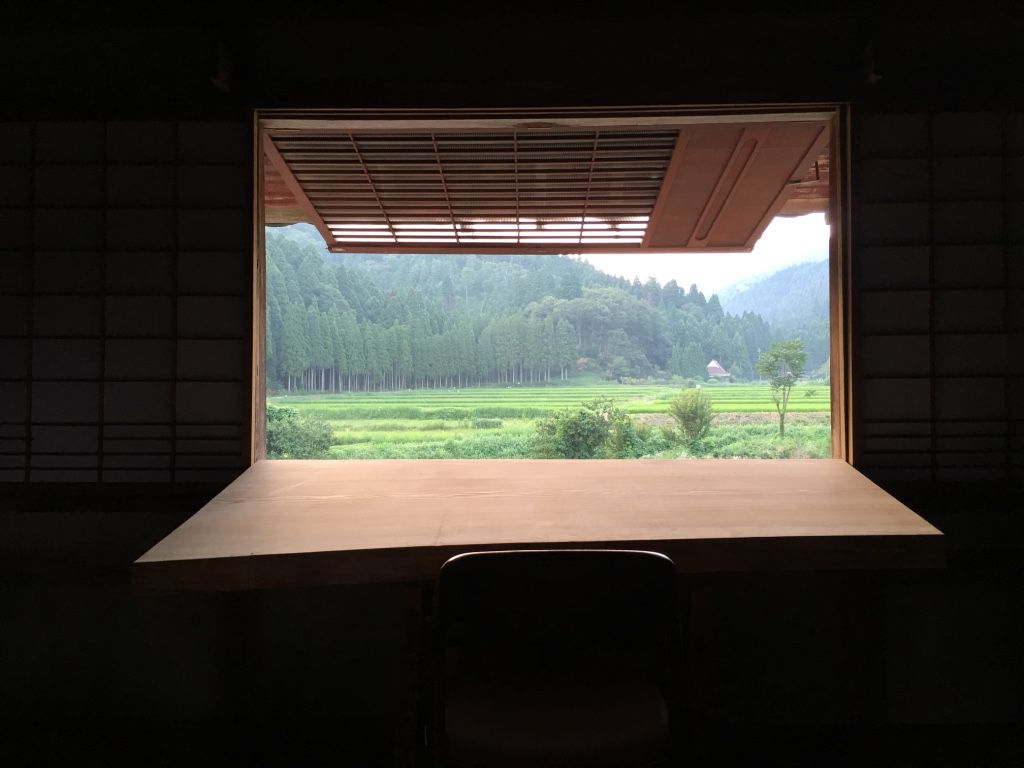
Framed scenery (Tane, Shiga Prefecture)
The way we perceive a place changes greatly by simply changing the way we treat a scenery, although the fundamental value of the scenery itself has not changed. It is because a special relationship between oneself (a viewer) and the subject (scenery) has been established by this procedure. One of the significant roles of the window is to clarify the relationship between oneself and others.
The window mediates between the inside and outside. Because the window is created by perforating the wall dividing the inside and outside, it inevitably connects the two essentially separate worlds: it serves as an opening through which the outer world is brought into the inside environment and the inner world is released into the outside.
A window gladly lets comfortable breezes and natural light pass through it, but sometimes unwelcome intruders try to make their way into it. In order to shut them out, certain restrictions are imposed upon its opening function, and as a result free exchange between inside and outside becomes somehow restricted. These are the pros and cons of breaking the boundary with a window.
-
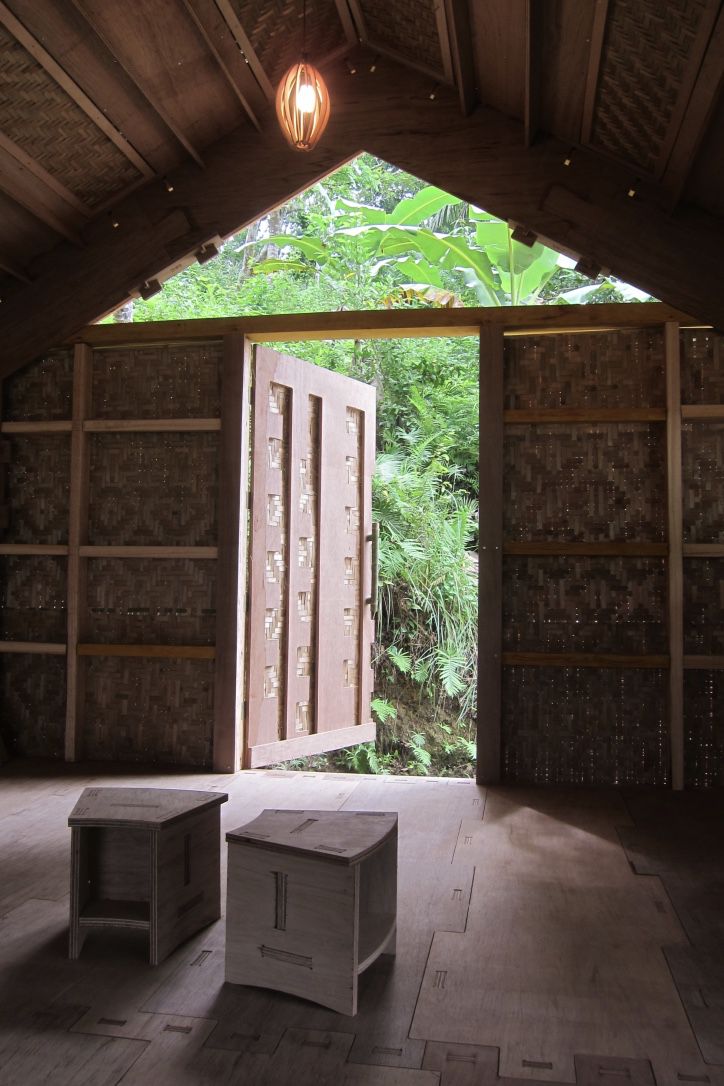
Openings of the gable (The Philippines)
When we consider an act of seeing a scenery through a window as an act of establishing a relationship between inside and outside, our eyes are not only seeing physical features of the scenery. In the scenery, one may find social and cultural aspects of the place transcending time and space, or the genius loci. We can imagine that the window let us see the spiritual scenery. Another important role of the window is to connect different cultures and facilitate mutual exchanges.
In the building processes of these projects, the act of opening a window gave us opportunities to think about the significance of the window and the role it plays. We not only deepened our understanding of the window itself, but our experience let us discover the beauty of existing scenery through the window and understand how a window connects inside and outside, as well as two different worlds.
In the world we discover through making windows, we discover a new scenery only after we place ourselves there, make full use of our brains and hands, and make efforts to see the scenery beyond the window with our mind’s eyes. The act of making windows let us cultivate the eyes.
Hiroto Kobayashi
Architect. Professor, Keio University Graduate School of Media and Governance. Hiroto Kobayashi studied architecture and urban design at Kyoto University and the Harvard Graduate School of Design (GSD). He worked with Nikken Sekkei and Norman Foster and Partners as an architect. Kobayashi is a founding partner of Kobayashi Maki Design Workshop (KMDW) since 2003. He also represents Skidmore Owings and Merrill LLP (SOM) in Japan. He served as Visiting Associate at the GSD through 2003-2005. He was a Visiting Associate Professor at MIT in 2001 and 2002, and a Visiting Scholar at the Center for Japan Studies at UC Berkeley in 2012 and 2013. He completed his doctoral dissertation on the traditional community form, ‘Cho‘, and received a Doctor of Design degree from the GSD. Projects include works for cities and communities domestically and abroad. Most recently Kobayashi has been developing a self-build methodology using plywood, Veneer House, and studying a new method of inheriting sustainable community; this approach was inspired and initiated by the Tohoku disaster of 2011.
